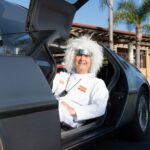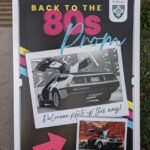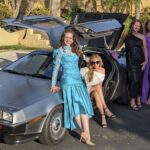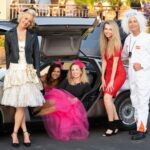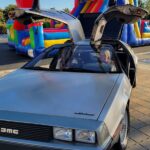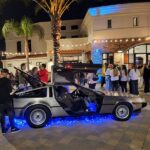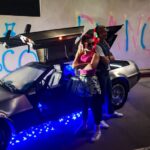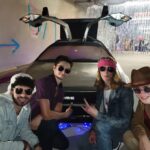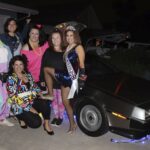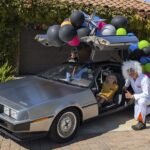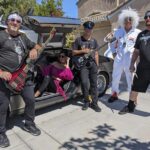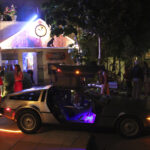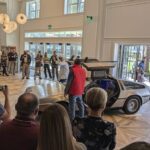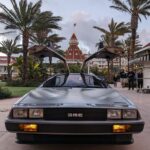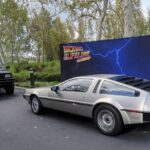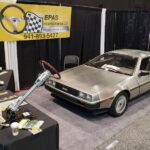Did You Know?
Delorean Facts
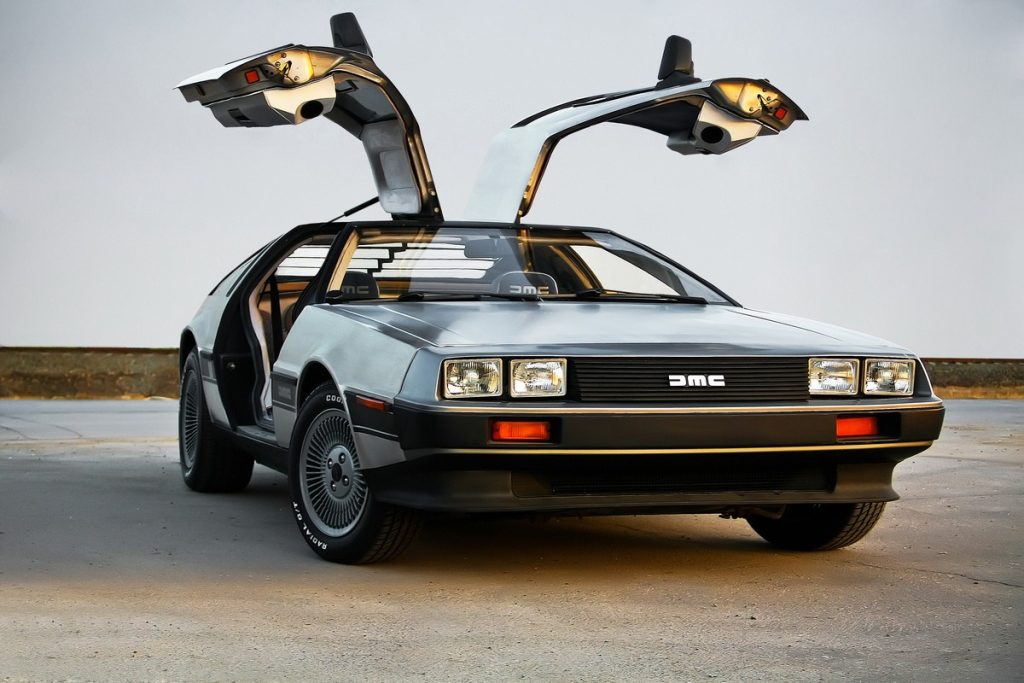
The DeLorean was completely built in Northern Ireland, between 1981 and 1982, with 3 model years – 1981, 1982, and 1983. The company came and went before Back to the Future was released, and the movie production bought and used the cars without the knowledge of even John DeLorean himself. The DeLorean was built for the North American market, and there was a dealership network with full Service Centers in all 50 states.
John Z. DeLorean challenged the automotive industry when he rolled out his sports car from a state-of-the-art factory at Dunmurry, Northern Ireland in 1981. The history of DeLorean Motor Co. was daring, turbulent, and disastrous, leaving a lasting stigma on its founder.
DeLorean’s legacy as one of General Motors Corp.’s most respected automotive engineers was overshadowed by the U.S. government’s charges that DeLorean had trafficked cocaine as a means to finance his fledgling company. Even though he was exonerated from all federal drug charges brought against him, his reputation and credibility were devastated, several of his colleagues abandoned him, and his new company was destroyed. Yet from the tangle, a nearly perfect driving machine emerged. Technically, the DMC-12 is a solid automobile, powered by a rear-mounted, 130-horsepower Peugeot-Renault-Volvo fuel-injected, aluminum, 2.8-liter V-6 engine with a Bosch K Jetronic fuel-injection system. It sits on a Lotus-designed, double-Y, backbone-frame chassis and features independent four-wheel suspension. Nestled in the front ‘Y’, behind the suspension cross member and underneath the luggage compartment, is a 13-gallon plastic fuel cell. The rear ‘Y’ completely surrounds the durable engine. It has a wide, 62-inch track, and its front wheels are an inch smaller in diameter to minimize over steer and offer better overall handling…
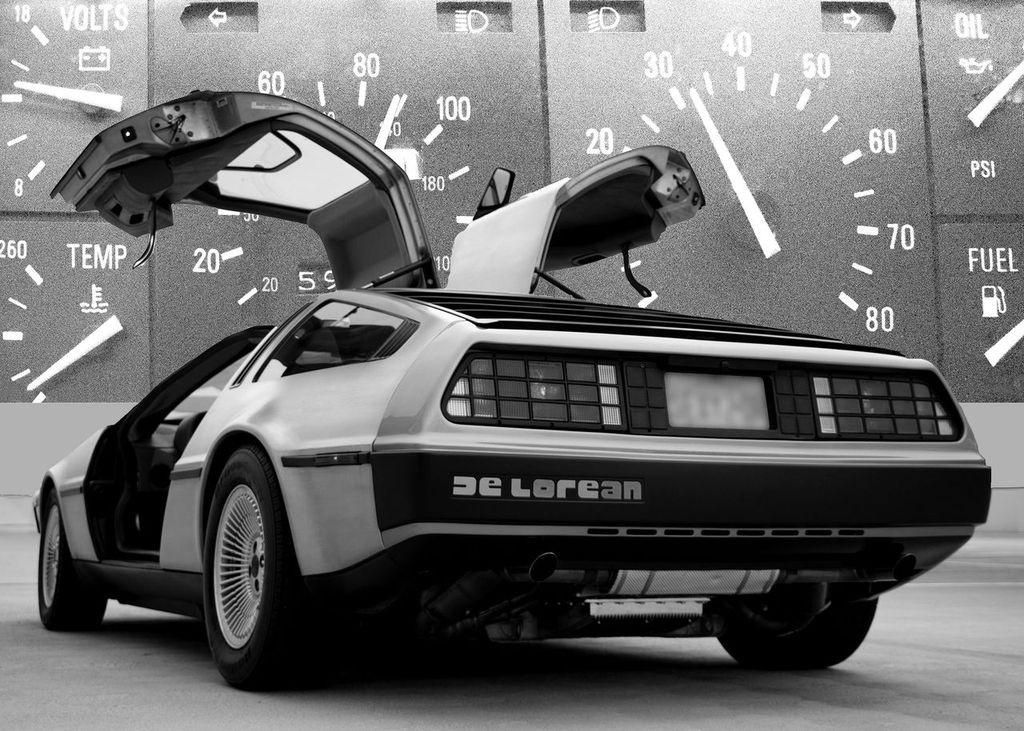
What draws most people to the DeLorean has little to do with its power train or suspension. The attraction isn’t under the frame; it’s in the design. Giorgetto Giugiaro of Ital Design studios in Turin, Italy, was recruited to create a unique look for the new DeLorean. Giugiaro had designed such notable autos as the Maserati Bora, Alfa Romeo Giulia Sprint GT, Volkswagen Scirocco, and Lotus Esprit. DeLorean considered Giugiaro one of the world’s greatest automotive engineers and designers. He was correct. Giugiaro presented a design that looks as modern today as it did in 1981. The lines of the DMC-12 are no-nonsense and sleek. The car’s elegant low profile, only 44.9” from the ground to the roof top, and sleek appearance are classic styling but with Giugiaro’s futuristic touch.


